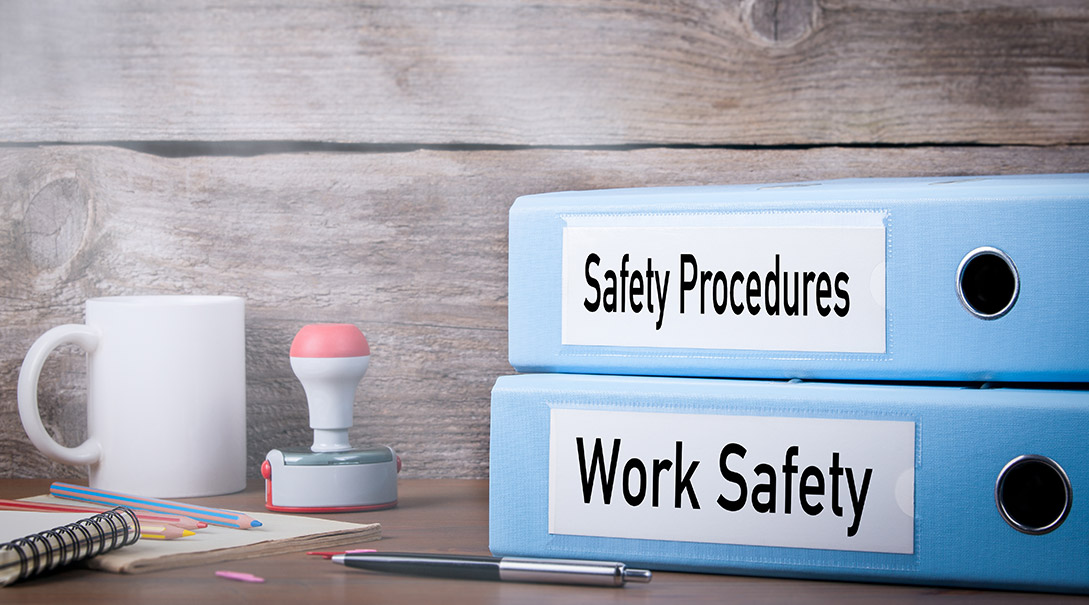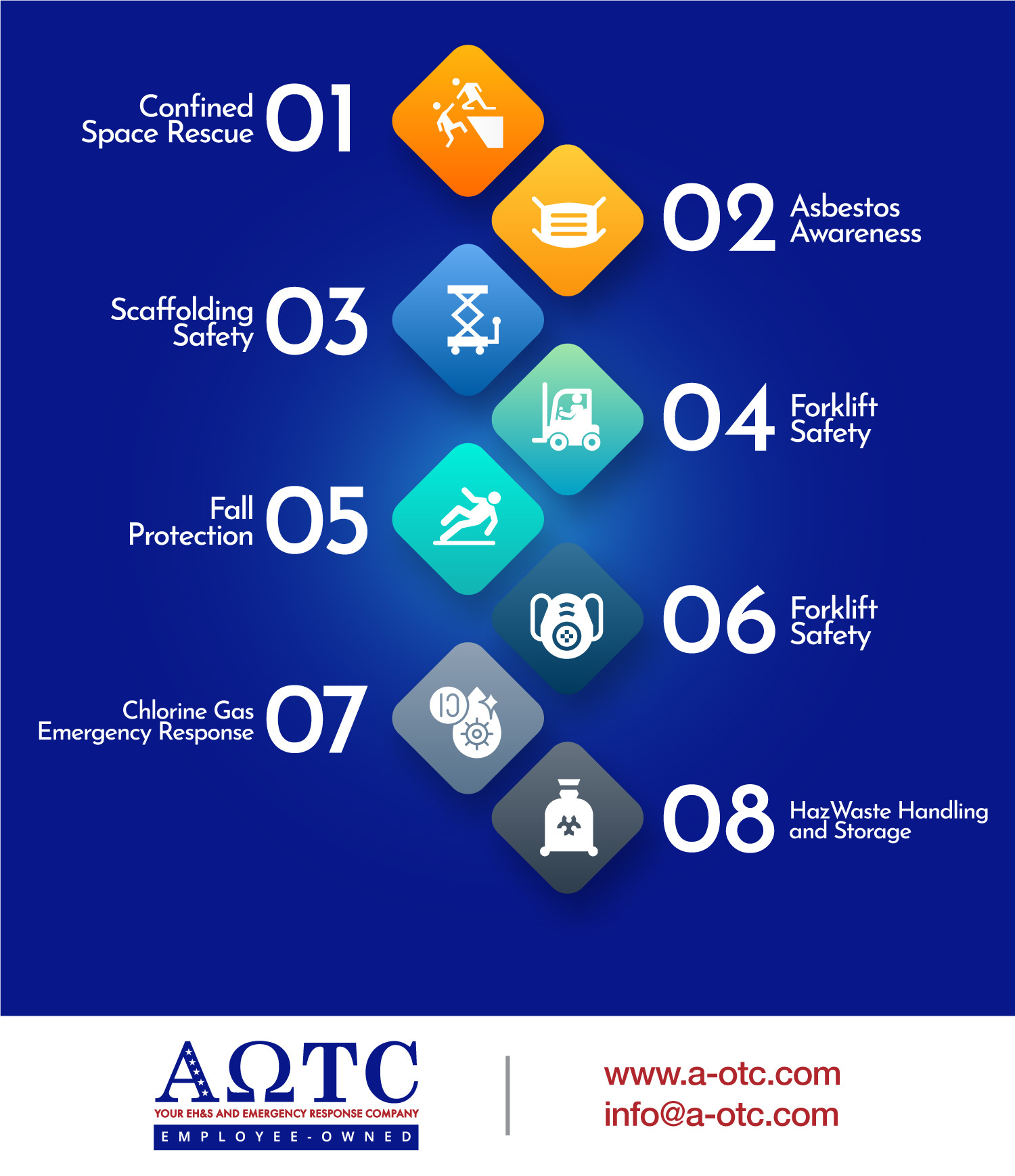To get a basic grasp of compliance training, we’ve provided need-to-know answers to typical burning questions people have on the topic:
- What is compliance training?
- Why is compliance training important?
- What are the types of compliance training?
- How do you create and manage a compliance training program?
Table of Contents
What Is Compliance Training?
Compliance training is the process through which you instruct your employees on the regulations and laws that are applicable to your industry and specific job functions. Essentially, the goal of this training is to ensure that your workplace and job sites are safe and healthy. The outcome is that your personnel and guests are protected while the environment is safeguarded as well. It’s critical to know that your workers are properly informed so that they can conduct tasks in compliance with the law to avoid violations, fines, negative publicity, and lawsuits.
Why Is Compliance Training Important?
The importance of compliance training can be understood in terms of creating cohesion within your team so that each player knows what they need to do. It can also be expressed in terms of three results you can achieve from it:
- You will adhere to regulatory standards and laws.
- You will safeguard your workers from illness and injury, and you will protect the natural world from pollution.
- You may boost morale, productivity, and profits through a healthier and safer work atmosphere.
What Are The Types Of Compliance Training?
Now that we have established the importance of compliance training, we can drill down into the types of compliance training. The two core branches or types of compliance training are safety & health compliance training and environmental compliance training. Together, these dual concerns fall under the umbrella of environmental health and safety compliance training or EH&S compliance training.
Safety and health compliance is defined within the Occupational Safety and Health Act of 1970 (OSH Act) and is covered by OSHA compliance training. Environmental compliance became mandatory when the Environmental Protection Agency (EPA) was formed in 1970 as well; you may also hear this field called EPA compliance. While the focus is often federal, there are state regulations with which organizations must be concerned too.
Within these broad categories, there are more granular types of compliance training centered on specific issues. The following issues, among others, may be covered within a compliance training program:
How Do You Create And Manage A Compliance Training Program?
The fact is that it is time-consuming to put together an EH&S compliance training program. Plus, it can be extraordinarily stressful. Part of the reason is when you go to the federal sources, you get voluminous tomes of information. Take, for instance, this 270-page OSHA document, “Training Requirements in OSHA Standards.” Not only is it lengthy, but it is not exactly light reading. Also, since compliance relates to risk, it is reasonable to be anxious that you will omit something or make errors. For those reasons and others, many organizations hire EH&S training specialists. However, the essence of a training program is a three-fold process: identification, management, and tracking.
- Identification of your compliance training needs
First, know everything you can about your facility’s activities and processes. Determine what is really taking place by speaking with your welding, painting, and stamping departments. Create a comprehensive log of internal activities. You then need to find the corresponding training requirements for each activity.
- Management of compliance training
Your EH&S training must then be organized into a plan. The plan will describe the frequency with which training will occur, who will need to participate in the training, and who will teach.
For efficiency, you may feel you want to write these parameters in broad terms. However, being precise is helpful. Include lists of the necessary training attendees. Determine if you will bring in a consultant to help with overall execution or certain tricky portions. Will the training take place in person or online? What will the format and curriculum be?
- Tracking your training program
Training programs are not static but dynamic. They will need to be regularly updated. Not only do governmental expectations change, but so does your work environment. When you start using new materials or get different equipment, it will introduce different compliance issues. Plus, since training is essentially about informing individuals, when a new person joins your company, they will need instruction. For these reasons, tracking is essential.
The simplest way to track is using a spreadsheet, via Excel, or a similar program. The spreadsheet is basically a list of your workers, their training requirements, and the date when each training is completed. It would be easy if people were never absent, but of course, some people will miss these sessions due to vacations or illnesses. Makeup training will then need to be scheduled and logged as well. You can also automate some of the tracking processes with specialized EH&S software.
Launch Your Training Program
Beyond those initial questions you might have, such as, “What is compliance training?” you need a solution. At AOTC, we offer a wide range of compliance training and educational services to ensure your company is protected. Contact us today to schedule your customized training courses today.

